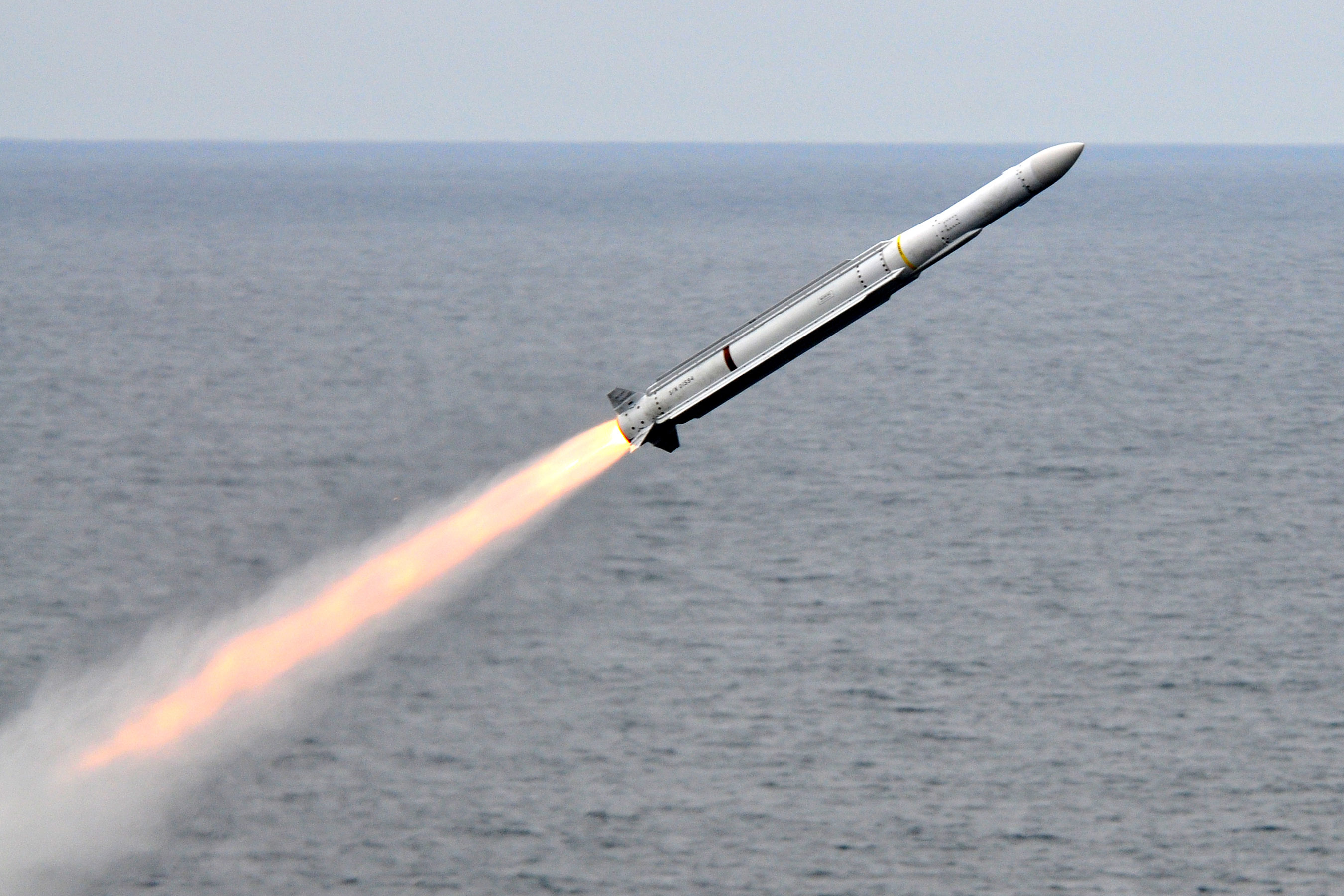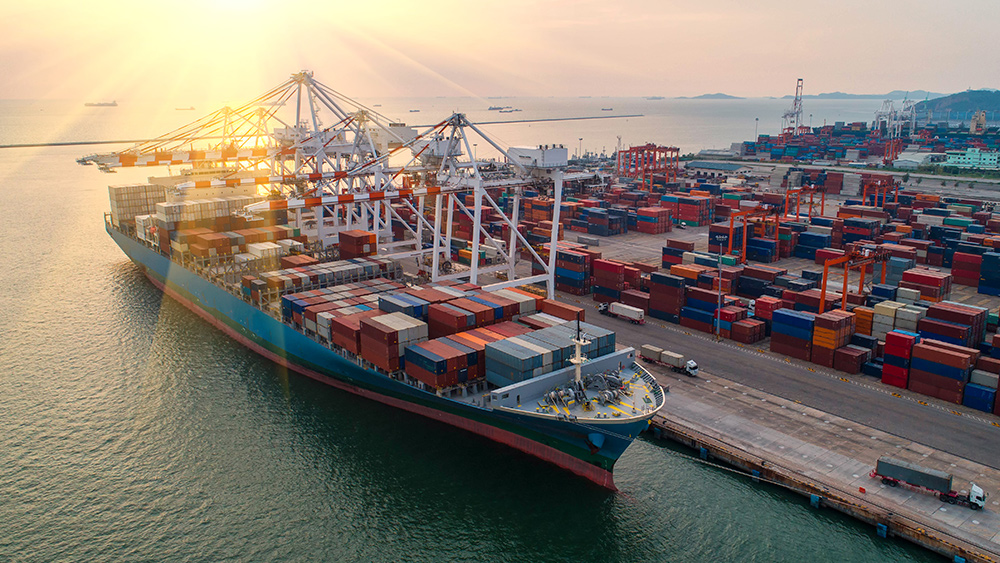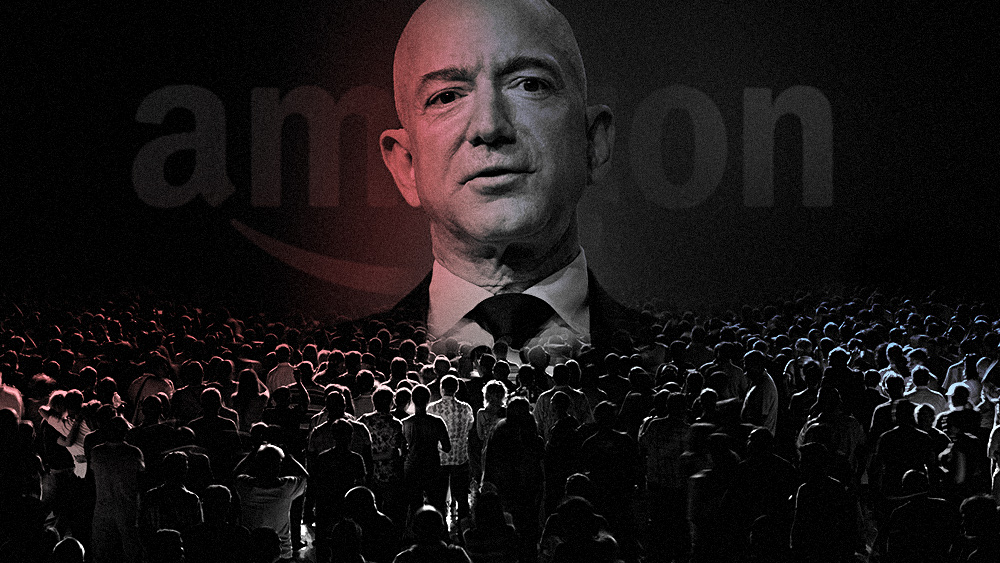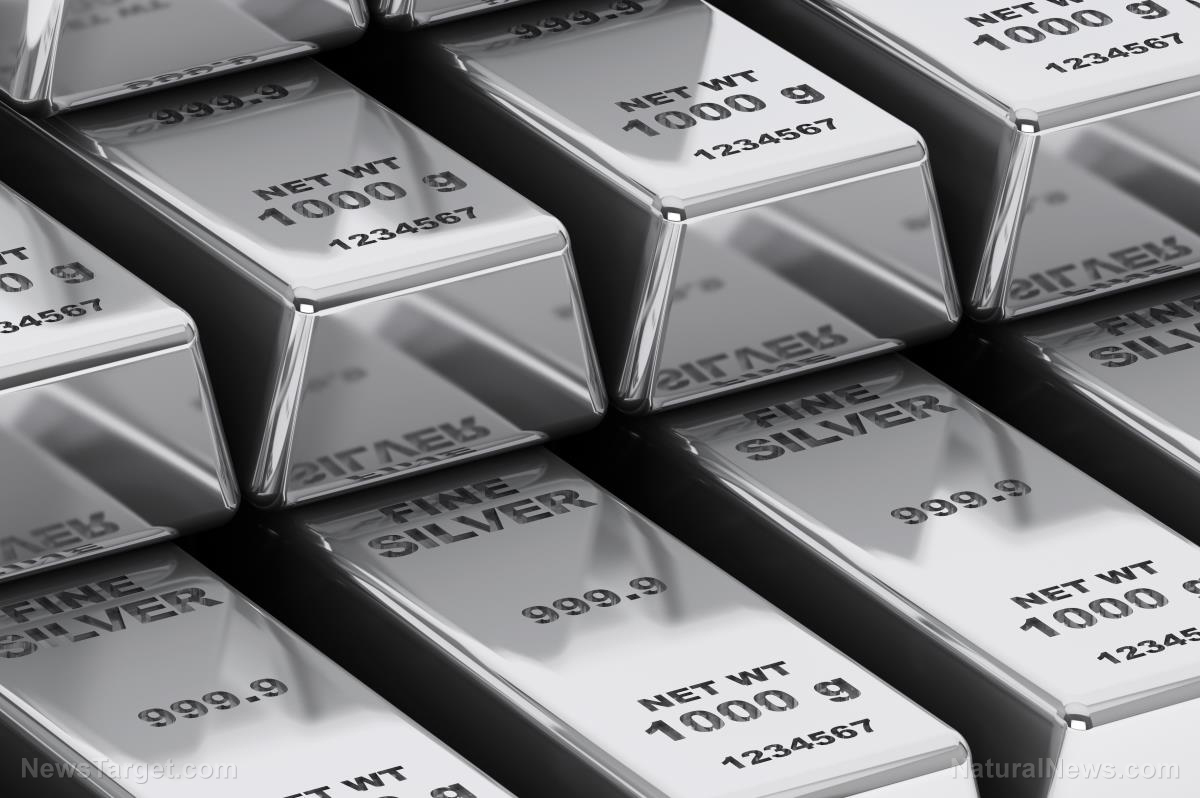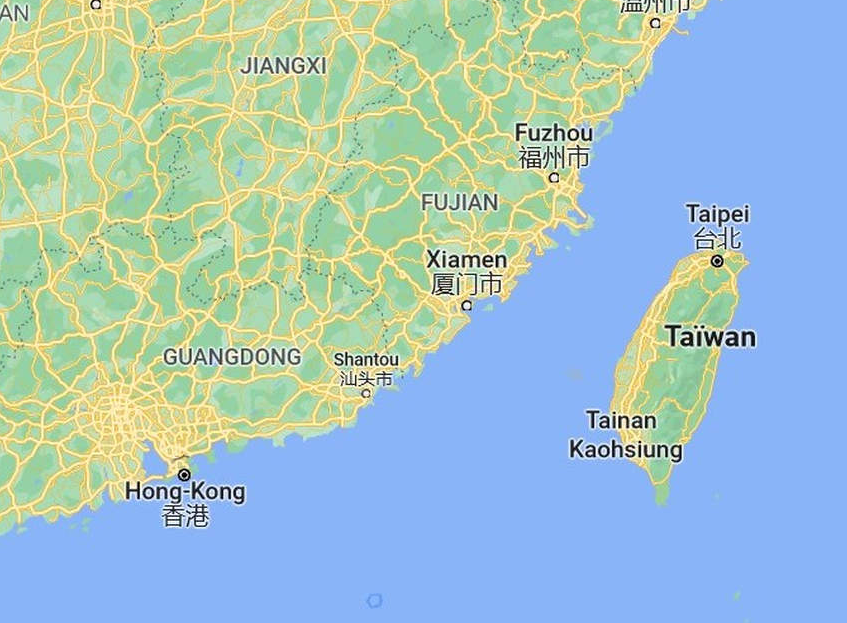Central banks will keep gobbling gold in 2024
01/19/2024 / By News Editors

The first half of 2023 was a record-breaking moment for central bank gold buying, led by none other than China and Russia. Organizations like the World Gold Council reported a staggering increase compared to 2022:
(Article republished from SchiffGold.com)
“On a year-to-date basis, central banks have bought an astonishing net 800t, 14% higher than the same period last year.”
Whether or not The January Effect will apply to the gold price as we finish the first month of 2024, there are plenty of indicators that the central bank buying spree will continue for at least the first half of the new year.
Accelerating de-dollarization is just one factor, as powerhouses like China and Russia continue strategically moving further and further from the grips of USD hegemony.
Of course, actions by the Biden administration to isolate Russia with sanctions in the wake of the Ukraine conflict only provide further impetus for the Russians to continue divesting in any way they can from the US dollar. Combined with a volatile ruble and a wave of new American spending to feed its proxy wars in Ukraine and Israel, it only makes sense that Russia’s gold coffers will continue to grow.
You can also bet on China and Russia buying significantly more gold than what gets reported publicly, so the real numbers are always higher than they seem. As Jim Richards has pointed out many times, such as in this tweet from Q1 last year, countries like Russia and China hold gold acquired through off-the-books buying programs that far exceed what they officially claim:
“Central Bank of Russia reported a gain of 30 metric tonnes in its gold reserves. That’s after a year of flatlining more likely due to non-reporting than non-acquisition. Nice to see Russia back in the game.”
For more central bank gold-buying fuel, the Fed, claiming victory against inflation, has actually given up on fighting it. The Fed knows it backed itself into a corner and has no choice but to lower rates in 2024 — which means central banks will need a way to hedge against those easier money policies. And while the Fed’s balance sheet shrank in 2023, it didn’t even come close to closing the gap created by the trillions it added during the Covid era. Of course, that wouldn’t stop Powell from running his victory lap at 2023’s final post-FOMC press conference about stopping rate hikes:
“That’s us thinking we’ve done enough.”
However, lower rates in 2024 would bolster the case for even more inflation, not less — leading to a tanking dollar and surging relative prices for gold and other commodities. Peter Schiff isn’t the only one to have pointed this out, but all you have to do is forget what central banks say and look at what they do. The stage is set for banks to add more gold to their reserves to hedge against downward pressures on the dollar, even as the Fed claims victory over the inflation battle. The only question is which will occur first: a dollar crisis or a sovereign debt collapse? Central bankers aren’t going to wait to find out
It’s only the 2nd day of Jan. and the #NationalDebt already blew past $34 trillion. I think 2024 will set a record for the largest one-year increase in the U.S. National Debt in history. The only question is will there be a sovereign debt or #dollar crisis before the year ends.
— Peter Schiff (@PeterSchiff) January 3, 2024
After all, in 2023, not even higher nominal yields managed to slow down gold’s rally. Booming Treasury yields reflect less certainty in the health of the economy, not more, as investors flee to the perceived safety of Treasurys and bonds. But what goes up must come down, and a collapse in the Treasurys market would nuke the dollar, taking the rest of the economy with it:
“…a Treasurys crash will force the value of the dollar to plunge, which will lead to a brutal economic downturn — one in which the “standard of living” in the country will drop dramatically.”
Finally, 2024 brings even more uncertainty in the face of the US’s continuing proxy conflicts and, notably, a US presidential election that is reinforcing a global picture of domestic political instability. With candidates on both sides like RFK Jr. and Vivek Ramaswamy embracing anti-establishment messages about reigning in central banks, the military-industrial complex, and the US debt spiral, there are plenty of candidates shaking the nest in ways that would have been unheard of just a couple elections ago. As Robin Tsui of the South China Morning Post points out, somewhat obviously:
“…the potential for US government shutdowns, fiscal policy debates, and political stand-offs ahead of the 2024 US election cycle persist.”
It’s true that many economists and Fed officials haven’t given up hope for a ”soft landing” next year, which would imply decreasing demand for gold. But as time has pressed on, this is a claim that even they admit could end up being proven hollow. To any honest observer, more signs of instability, inflation, negative-yielding debt, and election-year madness all point to a strong need for safety throughout this year.
Looking past the claims that US bankers and officials are making in public, central banks know the truth: they need to keep gobbling gold. It’s the only strategic maneuver that makes sense, with few other meaningful ways to protect themselves from becoming collateral damage in the confluence of self-destructive economic meddling, overstretched foreign entanglements, and election-year political turmoil in the US.
Read more at: SchiffGold.com
Submit a correction >>
Tagged Under:
big government, Bubble, central banks, China, Collapse, currency crash, currency reset, current events, dedollarization, dollar demise, economic riot, Federal Reserve, finance riot, gold, Inflation, market crash, money supply, Precious Metals, risk, Russia, US
This article may contain statements that reflect the opinion of the author
RECENT NEWS & ARTICLES
COPYRIGHT © 2017 RISK NEWS


